
East Broad Top Railroad locomotives make up a big piece to a bigger puzzle that is the preserved narrow-gauge railroad in Rockhill, Pennsylvania. The 33-mile line served the iron furnaces and coal mines from 1874 until freight haulage came to an end on April 6, 1956. Tourist operations on a short section of the railroad began on August 13, 1960, all the way up to 2011, later resuming in 2021 by the East Broad Top Foundation Incorporated. Even in a 21st century world, the setting of the once common carrier from the 19th and early 20th century remains in the form of the physical plant and equipment still present. It’s almost as if April 6, 1956, never happened. The motive power is no exception as East Broad Top is celebrated as one of the very few rail preservation organizations with a roster almost-entirely native to the railroad itself. It’s a unique roster full of variety, history and character that is waiting for your next visit to this rejuvenated National Historic Landmark.
Steam Locomotives
In its common carrier years, the East Broad Top Railroad was distinctive for mainly using steam locomotives. The railroad’s fleet in the 19th and early 20th century consisted of 2-6-0s, 2-8-0s, and 4-6-0s. After purchasing 2-6-2 Prairie-type No. 11 from the Baldwin Locomotive Works in 1908, the EBT followed up in 1911 with 2-8-2 Mikado-type No. 12 and didn’t look back. Today’s steam roster in the roundhouse holds six of the surviving 2-8-2s originally built by Baldwin. They fall into three categories of tonnage, tractive effort, and unique features.
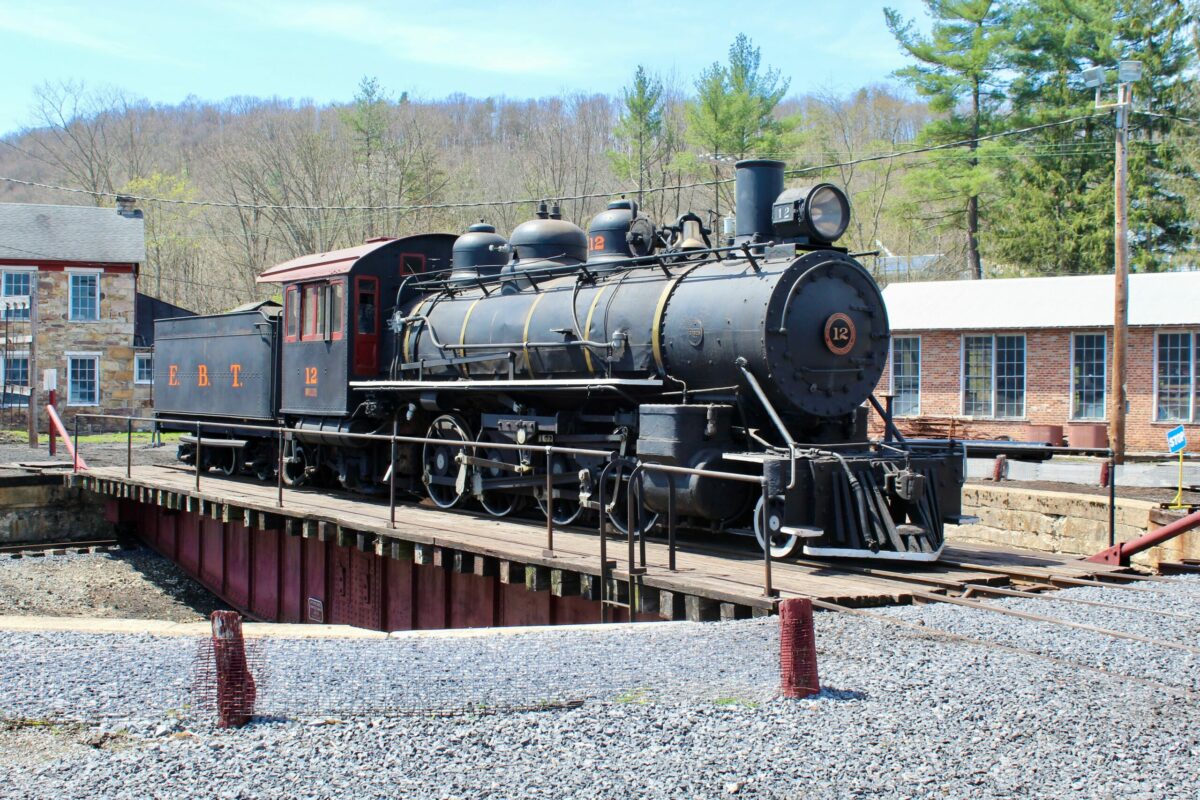
No. 12, the very first of the 2-8-2s on the East Broad Top, is the smallest at 56 tons. It has a tractive effort of 22,100 pounds and is capable of hauling 15 loaded hoppers. When scrap dealer Nick Kovalchick bought the railroad and reopened a short section for tourist operations, No. 12 was one of the first locomotives to be pressed back into service. The EBT relied on it mostly because of its light weight, making it easier on the track, as well as being economical on coal consumption. No. 12 last operated in 2000.
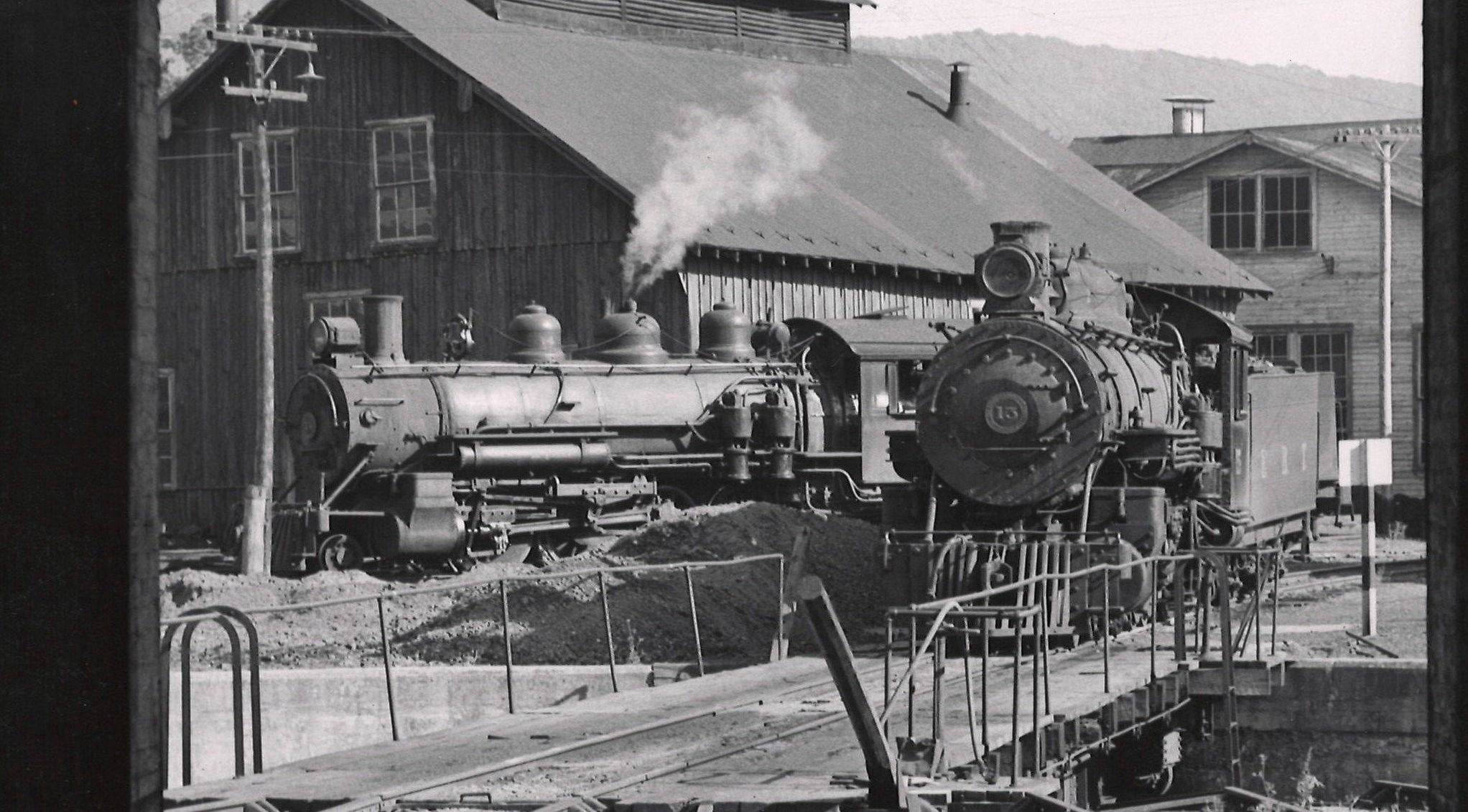
No. 14 and 15 were built in 1912 and 1914, respectively, as larger alternatives to the older No. 12. Although No. 15 outweighed the 73-ton No. 14 by two tons, both locomotives are capable of hauling 18 empty hoppers. No. 15 was one of two locomotives to help commence tourist operations on the East Broad Top in 1960, with No. 14 rejoining the fleet shortly afterwards. No. 14 last operated in October 2005, while No. 15 closed out the Kovalchick-ownership of the tourist era in 2011. Still holding its federal Form 4 boiler certificate from the 2005 overhaul, No. 15 is currently second in line for restoration work by the EBT Foundation. No. 14 will likely be the third to return to service in the future.
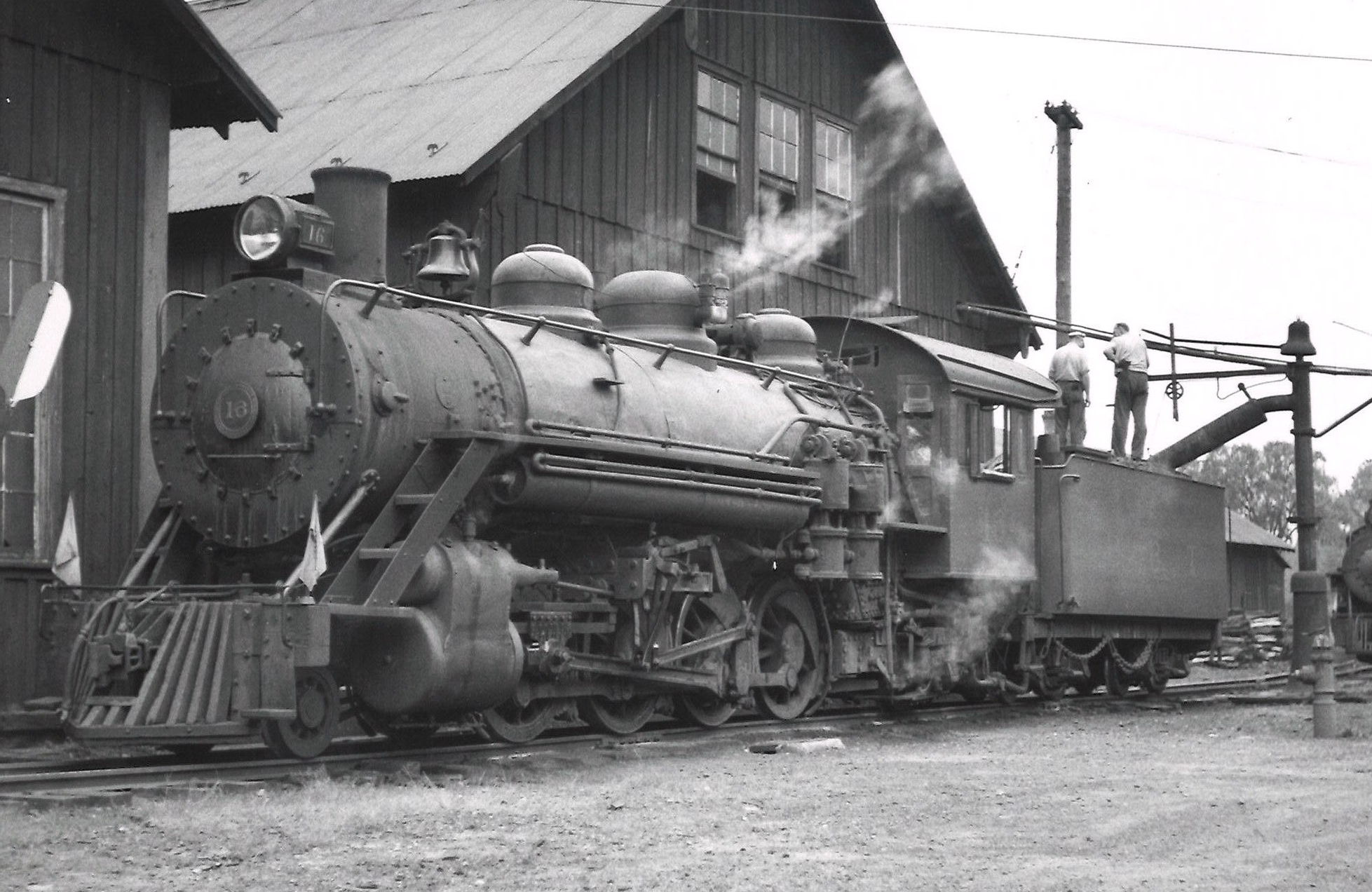
No. 16, built in 1916; No. 17, built in 1918; and No. 18, built in 1920, are the largest of the six 2-8-2s each at 82 tons. With piston valves and superheater units, the three locomotives have a tractive effort of 30,600 pounds while handling 22 empty hoppers uphill. They were also built with the Southern-style valve gear, unlike the Walschaerts-type found on Nos. 12, 14, and 15. Out of the three big Mikados, only No. 17 was in tourist service until October 2001. That will change as No. 16, the first of the six steam locomotives to be worked on by the EBT Foundation, is nearing the end of its restoration and slated to return to service for the first time since 1956.
Diesel Locomotives
While the East Broad Top Railroad remained primarily steam operated during the common carrier era, the tourist era saw the railroad acquire three diesel locomotives. All are switchers with the primary focus in the Rockhill Furnace yard and as-needed passenger service.
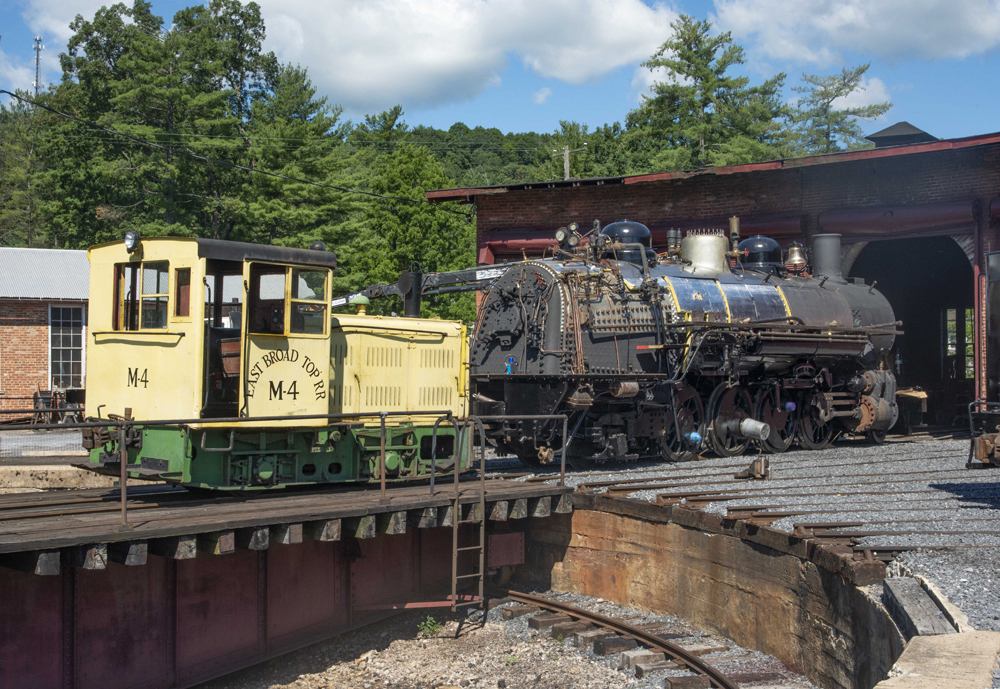
M-4 was built in 1947 by the Plymouth Locomotive Works. This 12-ton switcher was acquired in 1977 for yard switching and maintenance-of-way service.
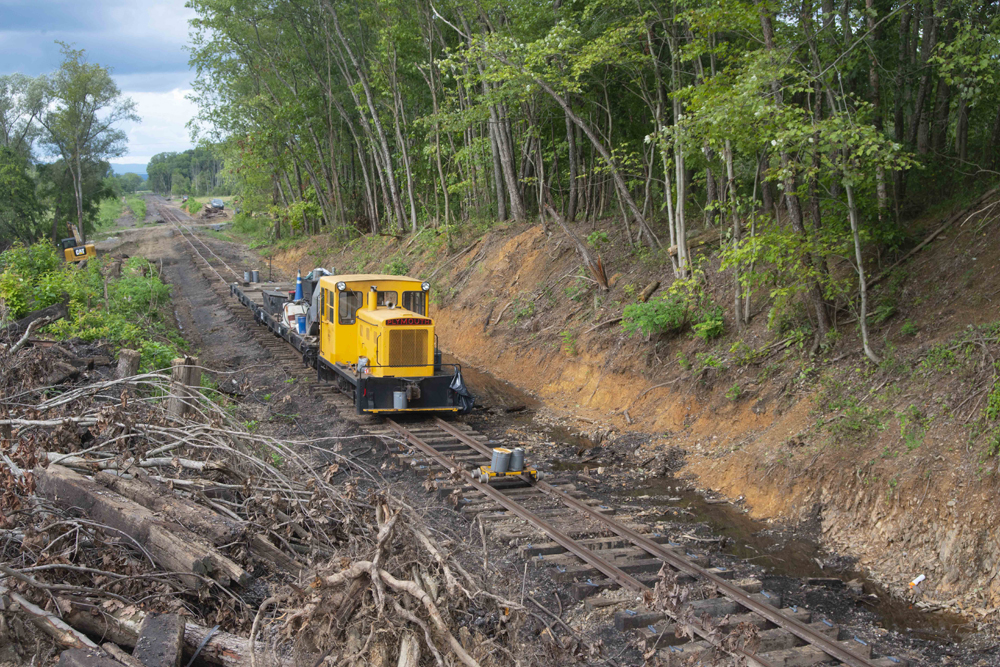
M-6 is a 16-ton, diesel-hydraulic locomotive that was built in 1969 by Plymouth. It was acquired in 1992 for both yard and work-train duties.
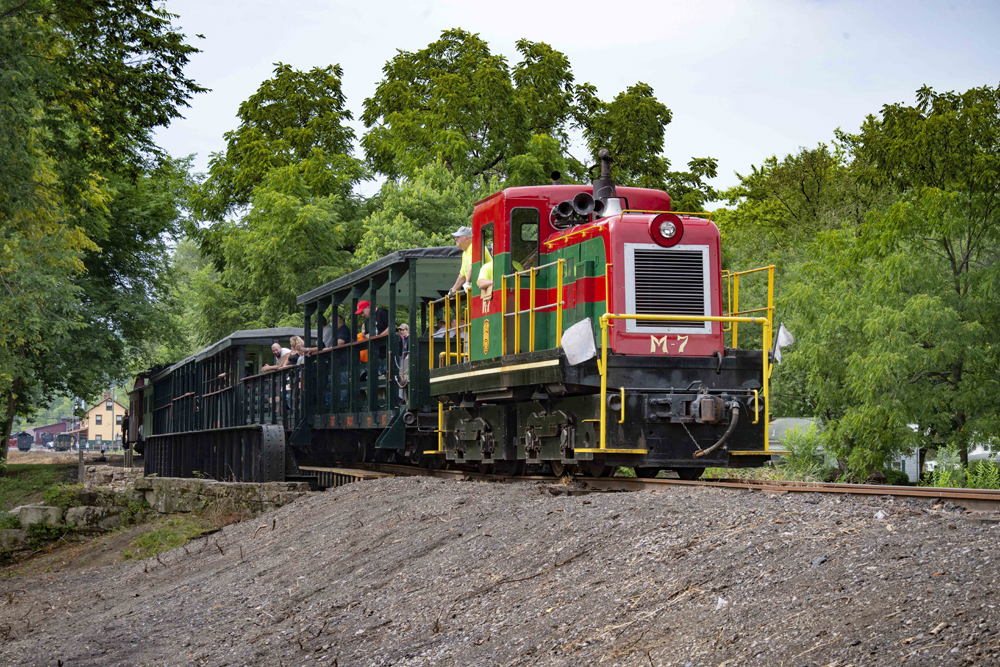
M-7 was built in 1964 by General Electric as a center-cab locomotive. It was purchased in 1993 from an Algoma Steel mill in Sault St. Marie, Ontario. Originally used for the yard and maintenance-of-way, the 55-ton switcher saw passenger service in the later years of the Kovalchick ownership and most recently since the EBT Foundation began revitalizing the railroad in 2020.
Gas Motorcars
During the common carrier years, the East Broad Top Railroad built three gas-powered vehicles for specific usage. Two of which survived and have been in operational service throughout the tourist era.
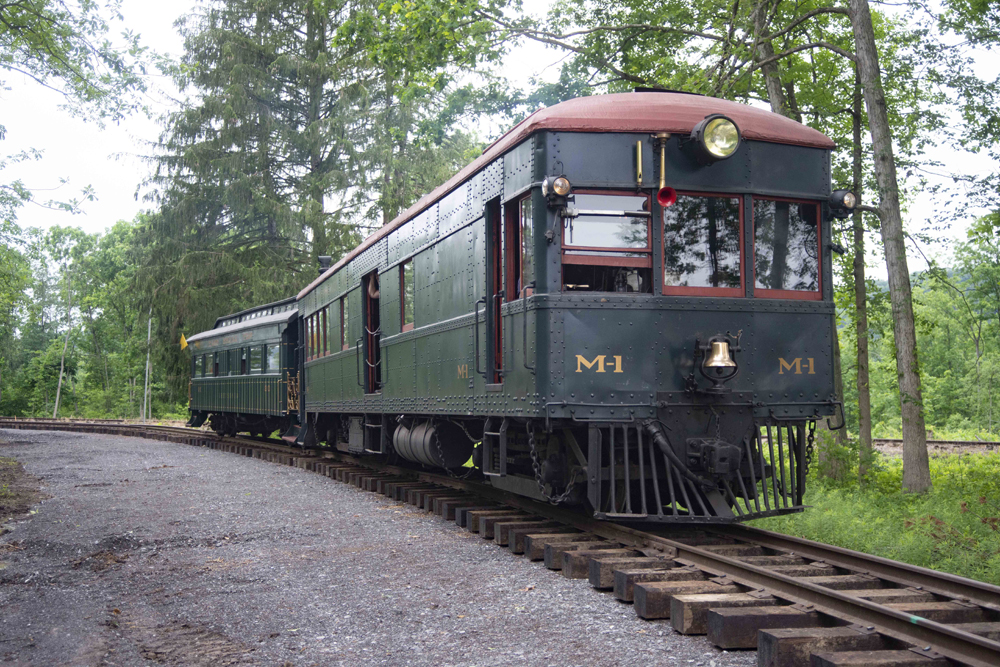
M-1 is a gas-electric car that was assembled at the EBT Rockhill Furnace Shops in 1927. The parts were supplied by J. G. Brill and Westinghouse Construction of Philadelphia. The M-1 is a unique piece of equipment as it’s the only 3-foot gauge, gas-electric motorcar operating on its original railroad with original components.
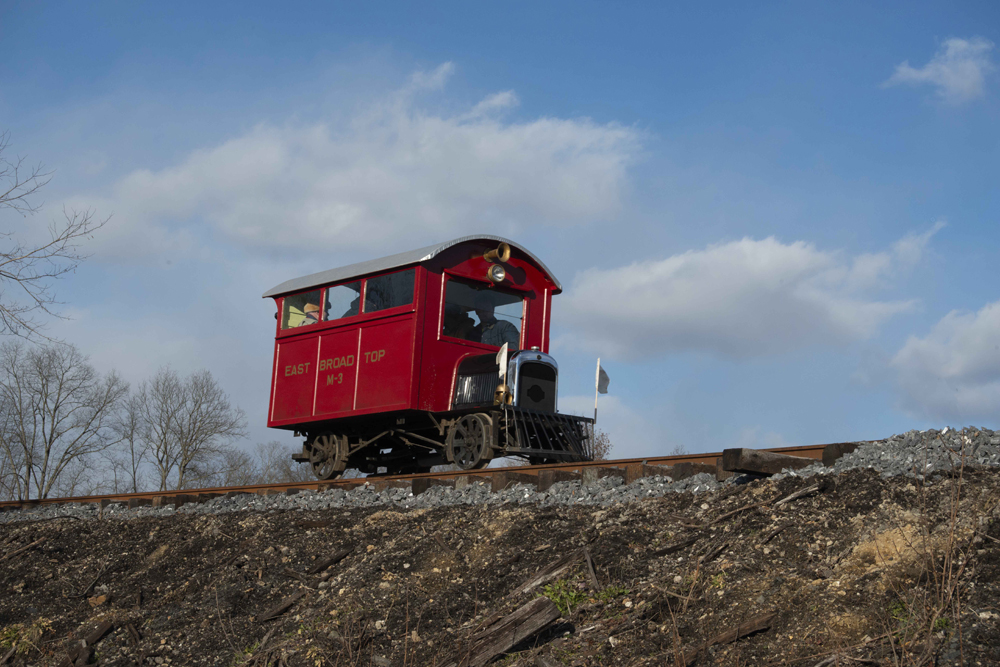
M-3 is a gas-mechanical inspection rail bus that was built from scratch at the EBT Rockhill Furnace Shops in 1924. It was restored to operation by the Friends of the East Broad Top in 2006.













